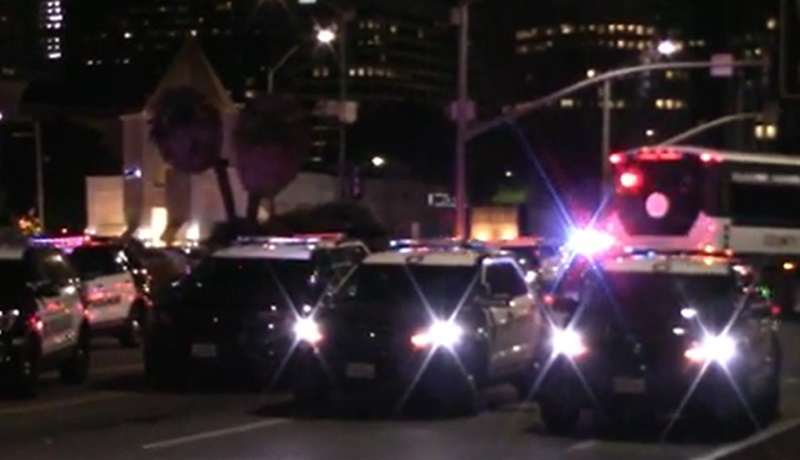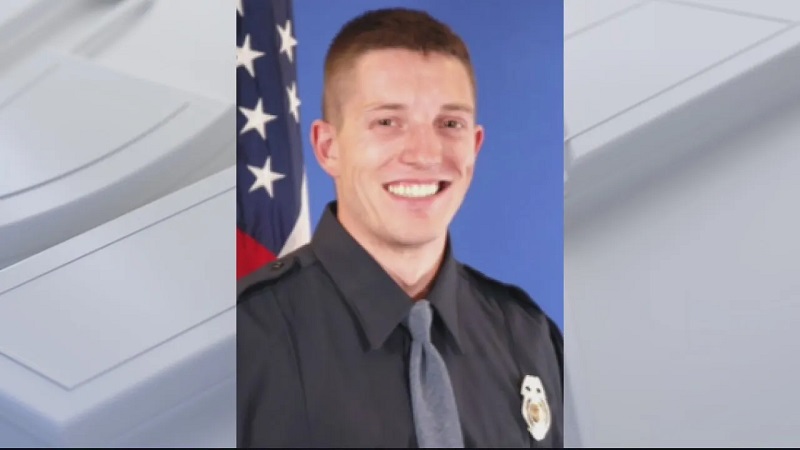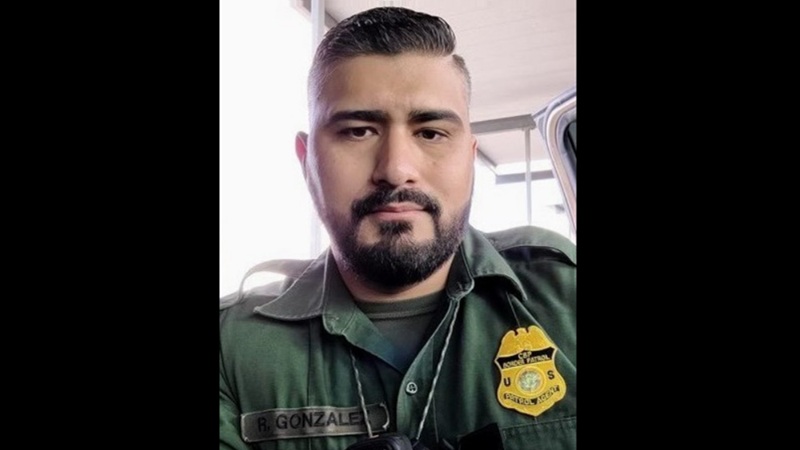
A bank robber in Missouri decided to hit small-town banks rather than bigger ones with heftier security systems and plenty of law enforcement. One town that he chose was Chilhowee, population 300, situated 20 miles from the county sheriff’s office. The town shared its one police officer with another small town of 500 located ten miles away.
Around breakfast time, the officer, with the title of chief, heard a muted explosion not far from his house. Already in uniform, he noted smoke from a shed across the street from the local farm supply store and headed that way, calling for the volunteer fire department. Noting that no utilities were attached to the storage unit, the Chief immediately suspected arson and began an investigation while the firefighters attempted to control the growing blaze. While photographing the progress of the fire to record its progression and characteristics the Chief got word that the local branch of the bank had been robbed!
Radio channels got increasingly busy as the case became more complicated. The banker, the sole employee who opened up in the morning, had reportedly been kidnapped at gunpoint, driven further out into the countryside, and left on the road, still handcuffed, to make his way back to town. The fire department soon discovered bundles of volatile spray cans of starter fluid beneath the burning structure, solidifying the suspicion of arson. The Missouri State Fire Marshall’s Office and the Bureau of Alcohol, Tobacco, and Firearms were called in to assist.
Meanwhile, the bank robbery and kidnapping were bringing the sheriff’s department, the state patrol, the state division of drug and crime control, and the FBI into the investigation with the assumption that the arson explosion and fire had served as an effective diversion of resources to facilitate the bank robbery.
Within a short period of time eight responding agencies with various specialties, capacities, and jurisdictions, as well as multiple media representatives had descended on the tight-knit community. Now switch attention to the recent tragic shipping incident in Baltimore Harbor where a runaway barge slammed into and caused the collapse of the Francis Scott Key bridge. Different chaos with different responses, but both incidents gave rise to the same question: Who is in charge here?
The answer is with the Federal Emergency Management Agency (FEMA). Through trials and errors, a standardized format for dealing with multi-agency events called the Incident Management System (ICS) works from Chilhowee, Missouri to Baltimore, Maryland. ICS training is mandatory for most first responders, hospital and public school employees, volunteers, and anybody who might be involved in a significant potentially chaotic event. FEMA offers an online self-study course called IS-100 available through its website.
While complex events will be managed by supervisors and trained ICS experts, it is essential that the first persons on the scene understand the concept of incident management. The first concept is that the first person on the scene, regardless of rank or agency is considered the incident commander. This avoids confusion and arguments about who is in charge. This designation is not immutable. If the priority is fire suppression over crime scene control, then the initial scene commander can transfer command to a fire official. It is important that this is broadcast to be known to all responders so that the chain of command remains intact.
A first responding police officer to a school shooting, for example, may need to move immediately to engage the attacker and leave some other responder with awareness and common sense to announce they are in command. As higher-ranking personnel arrive, command can be shifted but it cannot be assumed that just because someone with more stripes or bars will be in charge just because of rank.
A second, and often slighted responsibility of first arriving personnel is to establish a staging area. At many disasters police and fire units precede medical units. If there is no coordination, these vehicles can stack up and get gridlocked, blocking ambulance access closest to the evacuation and triage sites.
As soon as practical a command post (CP) location must be chosen. Its location must not be within the active operational area where it would be at risk. A common mistake is to place the CP too close. As the event progresses, the ICS will grow to include a variety of special areas including finance, intelligence, media relations, planning, and logistics. Beyond the question of who is in charge, the questions of who will pay for all of this, who will be the lead investigative agency, and where will the resources and equipment come from? Despite the general assumption that the federal government will pay all costs associated with natural disasters and terrorist events, there is an army of auditors that won’t reimburse without the proper paperwork in place, and the risk of losing those dollars is the second biggest incentive for following FEMA rules.
The primary incentive to follow ICS is tragically illustrated in the disastrous Uvalde school shooting response where over 400 personnel were on the scene not knowing who was in charge. That question must always be answered quickly and professionally.






